There are a lot of reasons not to like the Oktoberfest.
You read me right.
Oktoberfest by Alexis-Fotos, Pixabay Content License.
My delightfully cynical German cousin, who lives only three blocks from Munich’s Oktoberfest fairgrounds (Teresienwiese, or just “Wiesn”), made sure I wouldn’t like it. She loves Bavaria and can name every mountain peak in the German Alps. But she can’t stand its tourist attractions. For her, the world’s largest folk festival is nothing more than an annual tidal wave of drunks inundating her neighborhood.
So when I visited her from the United States one September about thirty years ago, she showed me the Oktoberfest from a Munich resident’s perspective.
Der Kotzhügel, or vomit hill
Intent on giving me the worst possible first impression of the Oktoberfest, my cousin led me to a lesser-used entrance. We turned a corner around a hedge to see a running fountain and three men urinating in it. “What the §%&* is that?” I asked.
“Here’s your Oktoberfest!” she snickered. “The men get so drunk they can’t find the toilets and just pee here. The fountain is an open-air urinal.”
Then there’s the Kotzhügel, or “vomit hill”, on the west end of the Wiesn just north of the Bavaria statue. People underestimate the strength of Festbier, the beer specially brewed for this fest (6% alcohol, more than usual, and sold only by the Maß, or liter). Every night, dozens of visitors swig until they’re nauseated. Once again, they can’t find the toilets on time and let it all out in the open on the hill. They often pass out there, too. Germans call those visitors Bierleichen, or beer corpses. (By the way, don’t photograph the puking drunks or beer corpses as a souvenir of your Oktoberfest visit; it’s violation of privacy rights in Germany.)
It’s also hard to get a seat in a beer tent. They cater to large business. You can only reserve blocks of ten or more seats and businesses snap the reservations months in advance. Add to that the crowds. And the price of the food. A liter of beer in 2024 will put you back between 13.60 and 15.30 Euros ($15-$17 USD).
So if an evening at the Oktoberfest gives you that once-is-enough feeling, go to a Biergarten instead and leave the Oktoberfest to the tourists. That’s what my cousin does.
Bavarian Beer Gardens: A Special Breed
Bavarian beer gardens have a unique tradition. You are allowed to bring your own food. The history of that tradition is as old as the Oktoberfest itself and originates with the same royal family.
The Oktoberfest started in 1810 as a public celebration of Prince Ludwig I’s marriage to Princess Therese von Sachsen-Hildburghausen. It was so popular the royal couple repeated it every year.
Two years later, Ludwig’s father, King Maximilian I Joseph, granted Munich brewers the right to sell beer directly from their fermentation cellars. But there was a catch: They weren’t allowed to sell food. The brewers encouraged their patrons to buy more beer by setting up tables and letting them bring their own food. The longer their customers lingered and ate, they reasoned, the more likely it was they would buy another beer. Bavarian beer gardens were born.
The tradition continues today in many Munich beer gardens. The outdoor seating is divided into two sections, one with full food service and one with self-service where you can bring your own food. The self-service areas are marked with signs that say “Selbstbedienung” or “SB” and feature different kinds of tables and chairs. Full service areas have smaller, nicer tables and chairs with backs, and sometimes the tables have tablecloths. The Selbstbedienung area has longer tables and simple benches (Festzeltgarnitur or Biergartengarnitur in German). The tables there are always bare, unless a guest has brought their own tablecloth. In this section, you can order a beer at a counter and bring it back to your table.
These tables and benches are typical for the Selbstbedienung area of Bavarian beer gardens. Beer tent set by Congerdesign, Pixabay Content License.
Here you can see in difference in the styles of seating in Bavarian beer gardens. The seats in the foreground are for full-service, and the seats in the back for Selbstbedienung, where you can bring your own food. Image: Ann Marie Ackermann
Don’t try bringing your own food outside of Bavaria, where the tradition doesn’t exist. Even in Bavaria, double check if the beer garden has a Selbstbedienung area. Many do, but not all. However, Selbstbedienung is so popular in Bavarian beer gardens that a website devotes itself to designating all the beer gardens where you can bring your own food (our paid subscribers will get the link).
“Self-service food and drinks”: A signs in Bavarian beer gardens will show you where you can get your beer. Some even offer simple food, like soft pretzels, for the Selbstbedienung area. Image: Ann Marie Ackermann
Another sign directing visitors to the self-service area of the beer garden. Image: Ann Marie Ackermann
A Bavarian Beer Garden Close to the Oktoberfest
If you find yourself on the Theresienwiese and the bacchanalia of prince’s tradition becomes too much, there is a beer garden, Wirtshaus am Bavariapark, within walking distance. It celebrates the quieter tradition of the king. Go there instead. In fact, the Wirtshaus explicitly invites guests who can’t find a seat in the Oktoberfest’s beer tents.
On the fairgrounds, walk west towards the Bavaria statue. Here’s a map of the Wiesn (note: west is above on this map) and one the Wirtshaus offers to show how to get there. Exit the Wiesn at P13 just to the north, or the right, of the statue. You will come out by a traffic light on the Theresienhöhe Street, just across from Hotel Augustine. Cross the street and pass the hotel on the right. You are now only about 100 m from the beer garden. Walk around to the right, or north, of the hotel. You’ll find yourself on a wide pedestrian avenue. The Wirtshaus is behind the hotel and a tall maypole with blue and white stripes marks the entrance to the beer garden. If the avenue opens up onto a square with a large statue of a snail, you’ve gone a bit too far. The address is Theresienhöhe 15 and it’s just north of the Bavaria Park. Walk in, and the beer garden will be on your right, under the chestnut trees. The Selbstbedienung area is on the far right.
The maypole at the entrance to the beer garden of the Wirtshaus am Bavariapark. Image: Ann Marie Ackermann
The Wirtshaus offers a menu in English and a number of drinks, including alcohol-free beers, sodas, and child-friendly drinks. It serves beer from the Augustiner Bräu, the oldest independent brewery in Munich. Founded in 1328, it uses water from its own well, 250m (820 feet) deep, and makes its own malt in its own historic malthouse. You can buy Weißbier (wheat beer ), pale ale, and an alcohol-free beer in the self-service area.
Perhaps we will meet each other in the beer garden?
Cheers! Or as the Germans say, Prost!
Prost! My cousin photographed me as we raised our beers in the Wirtshaus am Bavariapark to toast each other. Image: private, with permission.
Have you ever been to a Bavarian beer garden? If so, please comment and tells us about your experience.
For paid subscribers:
What are the rules of etiquette for Bavarian beer gardens? And what kind of food do Germans like to bring? Paid subscribers will receive an email on Friday, Sept. 27, 2024, with that information. If you purchase a paid subscription after that date, you’ll be able to access the archives. That information will help you do as the Germans do.
Next week:
On Wednesday, October 2, author Marie Powell will share a post about the quaint English village of Corbridge. Corbridge’s church, St. Andrews, has a unique history and will be celebrating its 1350th anniversary starting October 12-13. On Friday, October 5, paid subscribers will receive Marie’s article about cooking stovies and stotty, two regional favourites.
Legal disclaimer: We disclaim all liability for the content of websites to which our site/newsletter provides links.
Resources:
Wirtshaus am Bavariapark website (only in German)
Oktoberfest 2024 official website (available in English)
Dehoga, Die Geschichte der bayerischen Biergärten, Biergartenfreunde (March 24, 2011).
Historisches und Aktuelles über Biergartenkultur in Deutschland, Biergarten im Mühlenpark (undated).


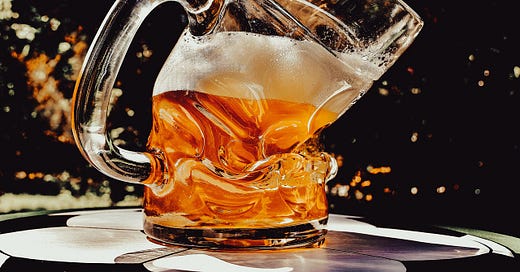



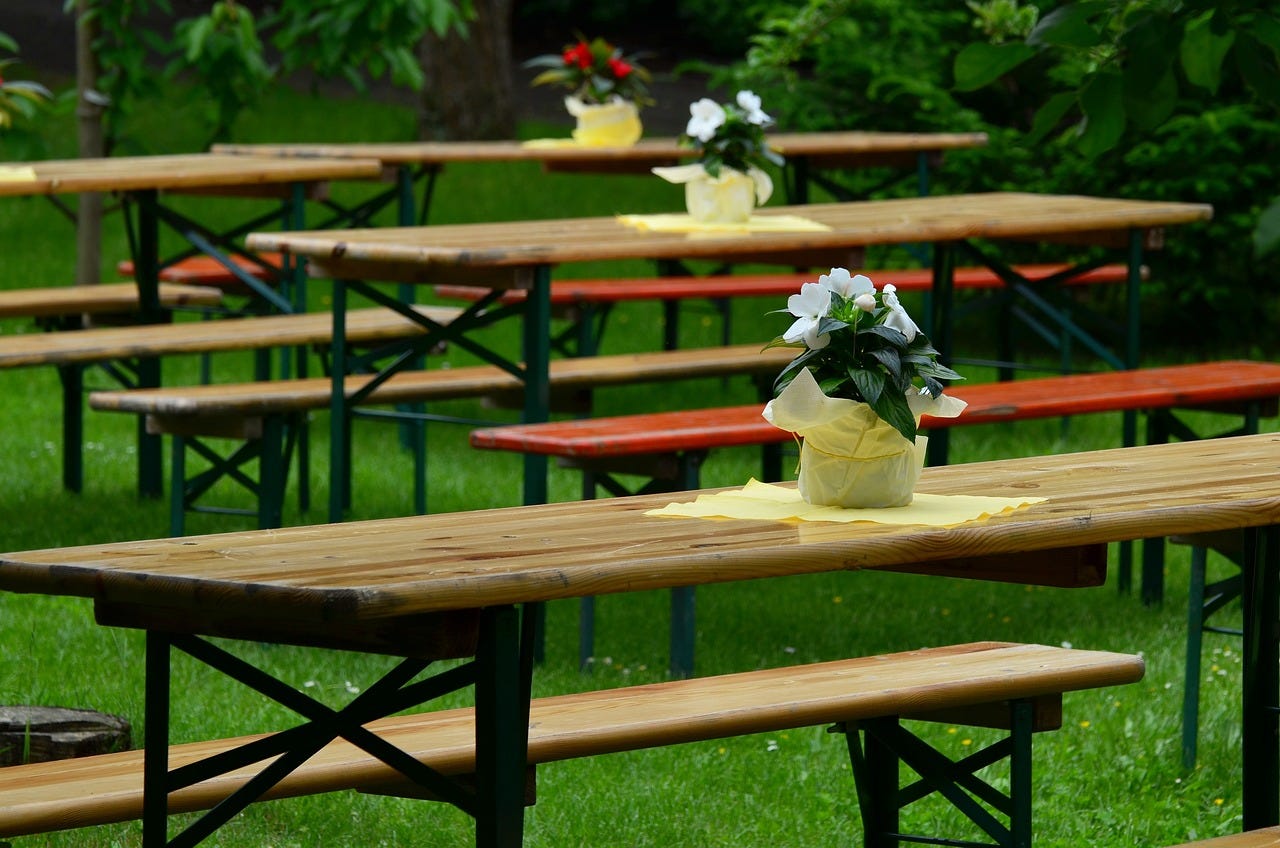
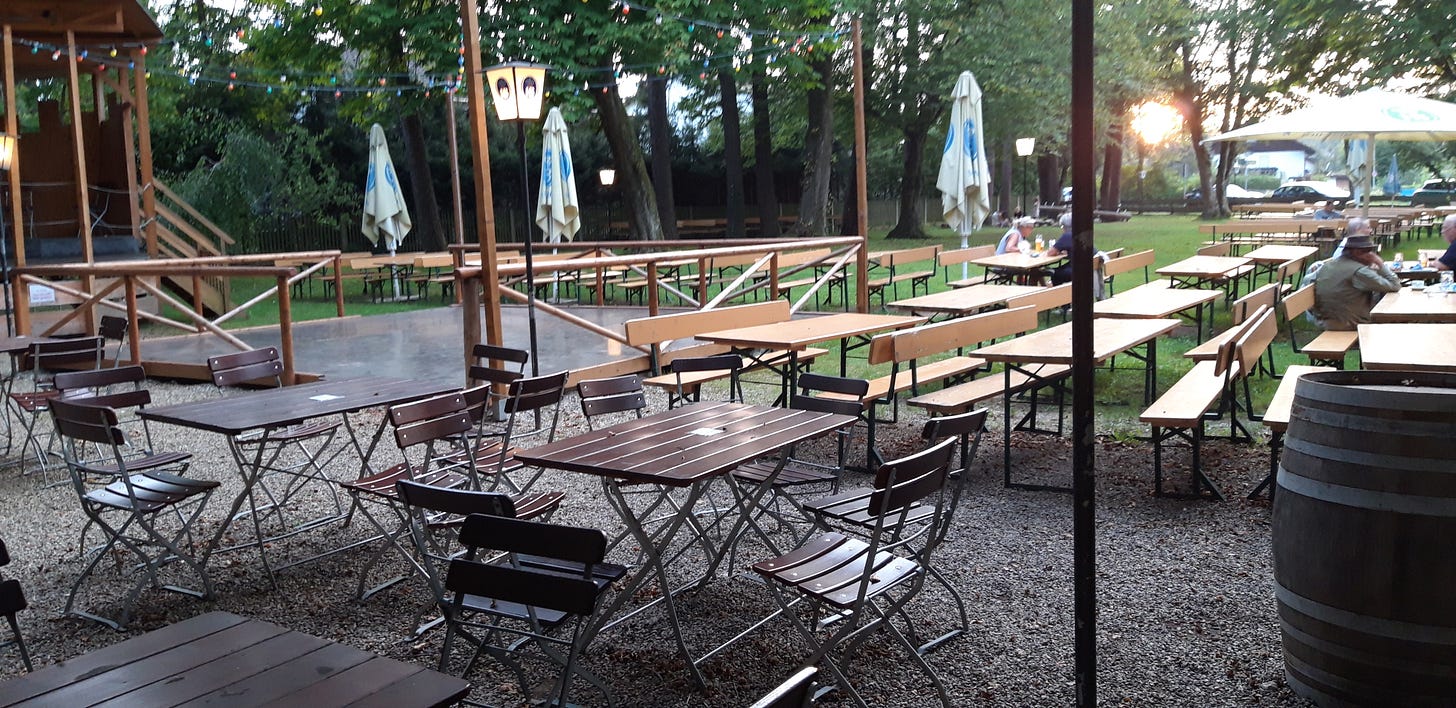

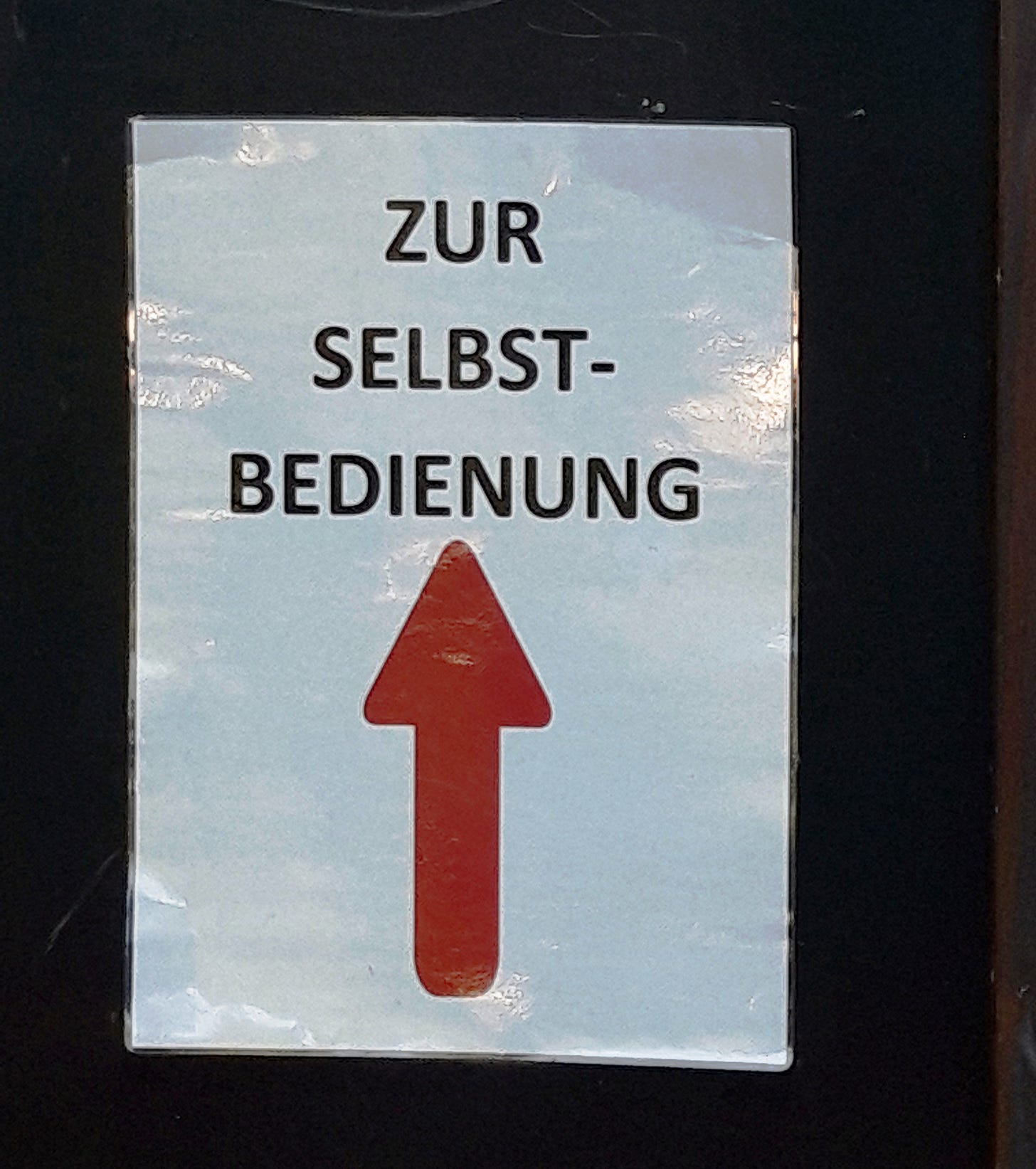
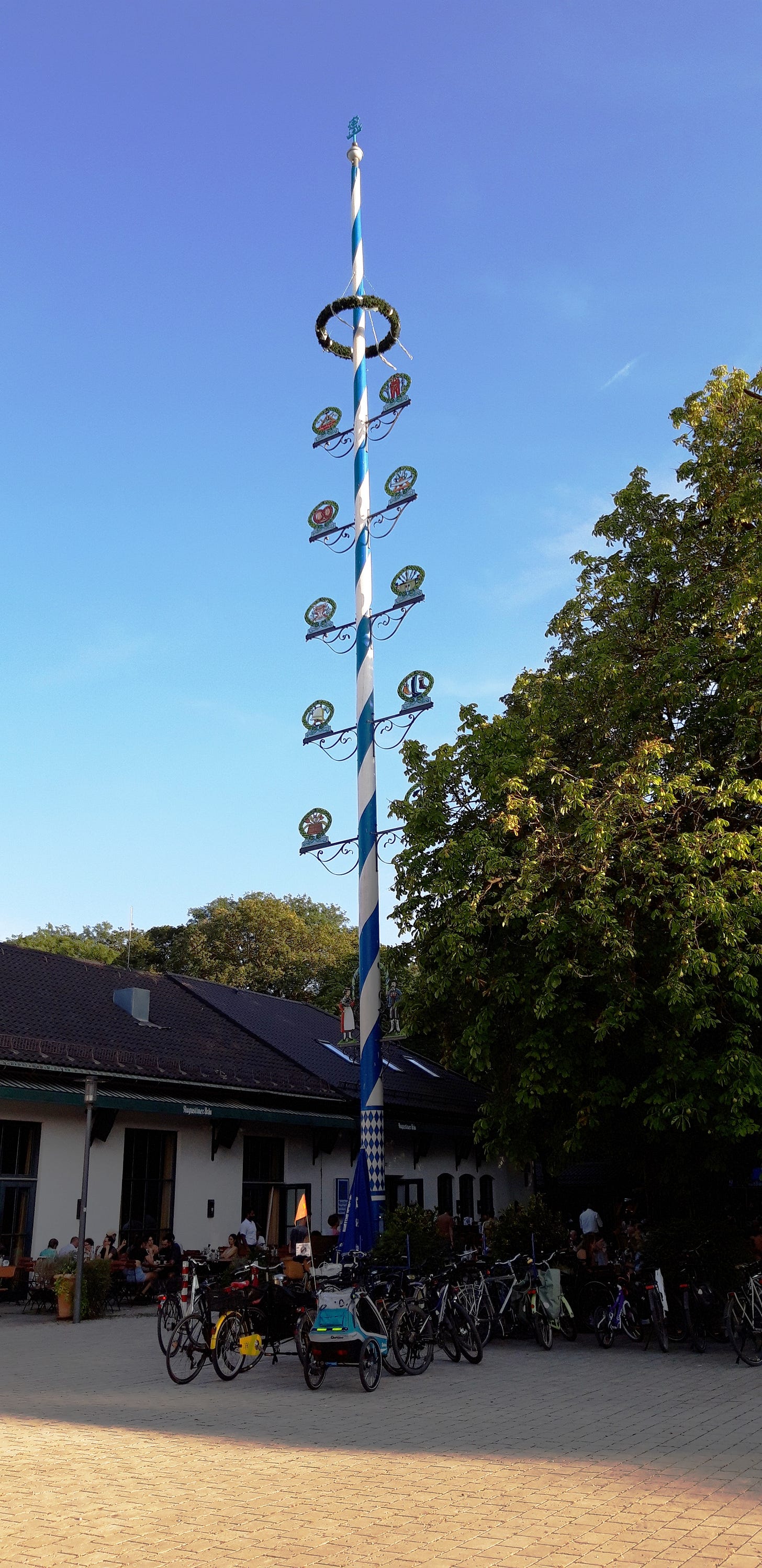

Prost! I have fond memories of my first visit to Oktoberfest in Munich 40 plus years ago, but the biergartens in the city are the best. I recall radishes sold. Big white radishes, sliced super thin. I've never seen this anywhere else except Bavaria. Are raw radish wedges still a thing?